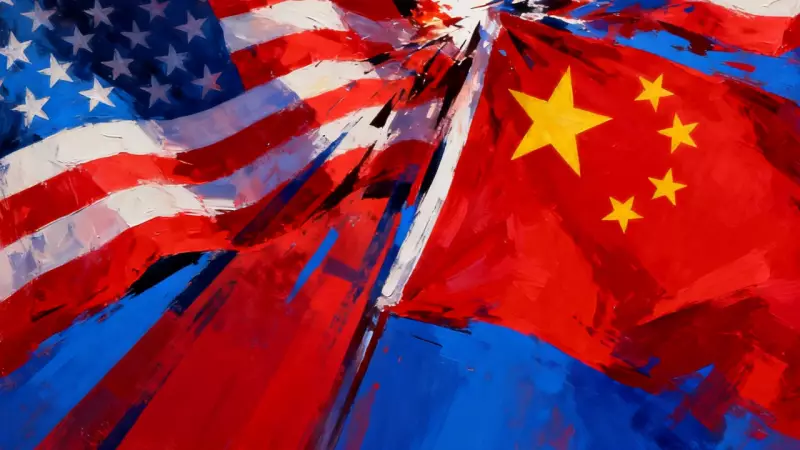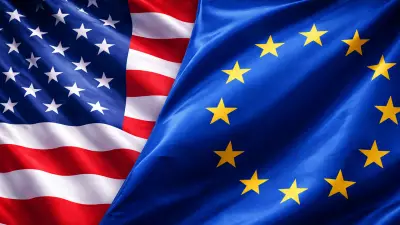
In a strategic move that positions Beijing as a champion of global free trade, China has signed a significantly expanded free trade agreement with ASEAN nations. This development comes at a crucial time when the United States is moving toward increased protectionism through sweeping tariff hikes.
Trade Tensions Reshape Global Alliances
The timing of China's upgraded ASEAN pact sends a powerful message to international markets. While Washington imposes new tariffs on Chinese electric vehicles and other imports, Beijing is actively expanding its trade relationships across Southeast Asia.
The enhanced agreement represents more than just symbolic positioning. It substantially broadens the scope of the original China-ASEAN Free Trade Area, which began operations in 2010 and has since become one of the world's most significant trading blocs.
What the Expanded Pact Covers
- Services Trade Liberalization: Significant reduction of barriers across multiple service sectors
- Investment Protections: Enhanced safeguards and market access for cross-border investments
- Digital Economy Integration: New frameworks for e-commerce and digital trade cooperation
- Trade Facilitation Measures: Streamlined customs procedures and reduced administrative barriers
Economic Implications for the Region
ASEAN represents China's largest trading partner, with two-way trade exceeding $900 billion annually. The upgraded agreement is expected to further accelerate economic integration between the world's second-largest economy and the rapidly growing Southeast Asian markets.
"This expansion signals China's commitment to multilateral trade at a time when other major economies are turning inward," noted trade analysts. The move effectively creates a counter-narrative to US protectionist policies that have dominated recent global economic discussions.
Strategic Positioning in Global Trade Wars
China's proactive approach contrasts sharply with the United States' recent tariff announcements. Where Washington has chosen the path of trade barriers, Beijing is actively removing them through diplomatic channels and expanded agreements.
The expanded ASEAN pact represents a calculated effort to solidify China's economic leadership in the Asia-Pacific region while positioning the country as a reliable alternative for nations seeking open trade relationships.
As global trade tensions continue to escalate, this enhanced agreement demonstrates China's strategy of building economic resilience through regional partnerships rather than protectionist measures.





